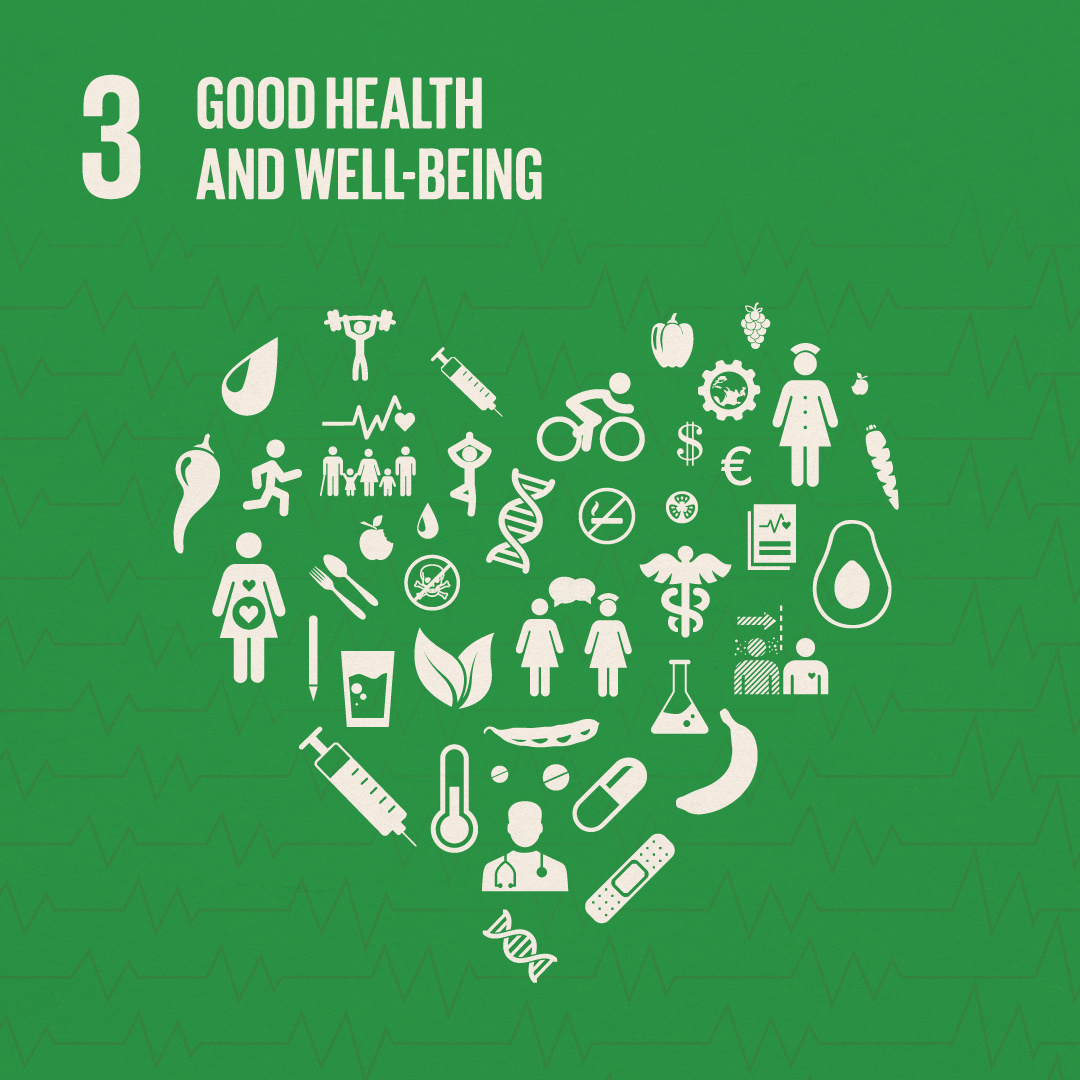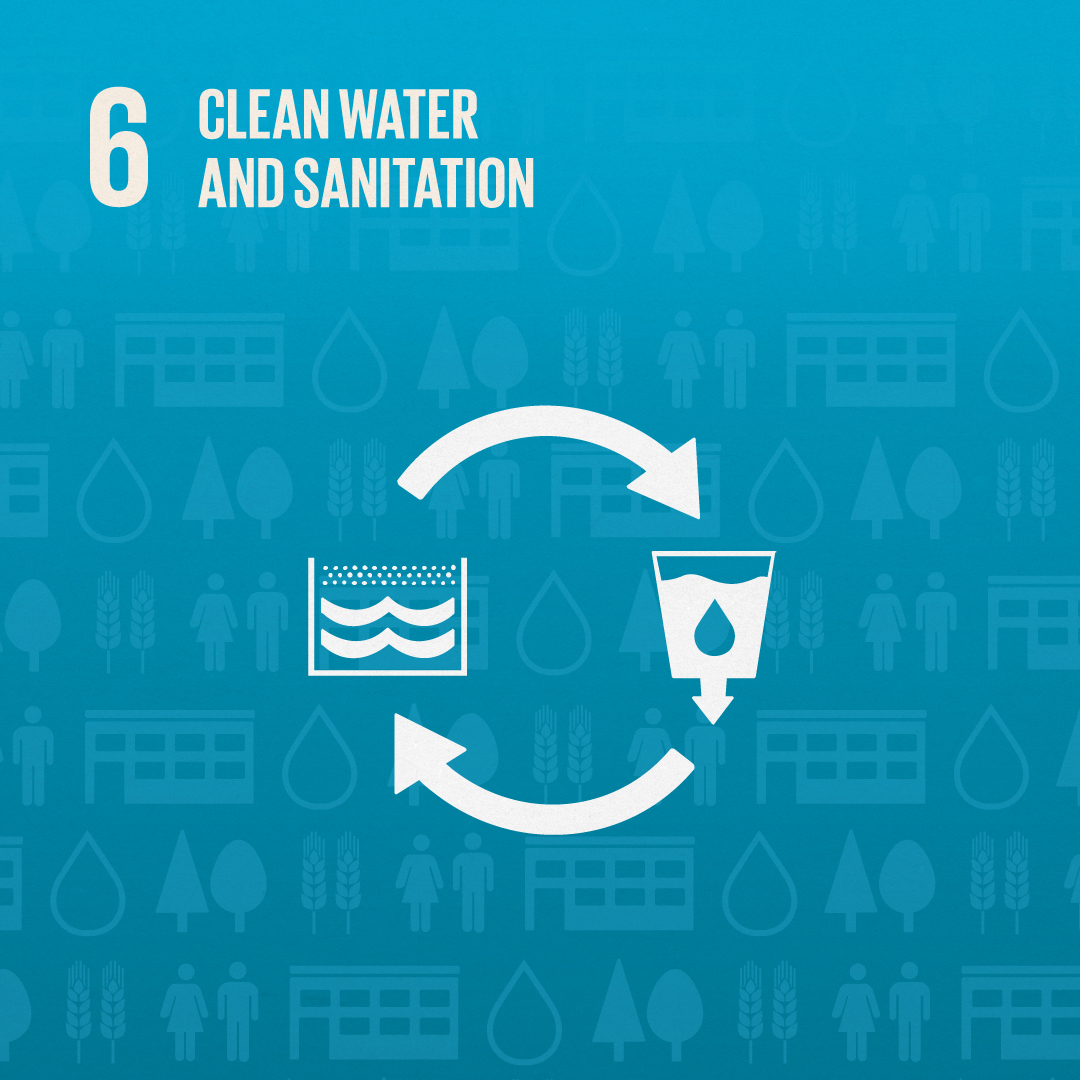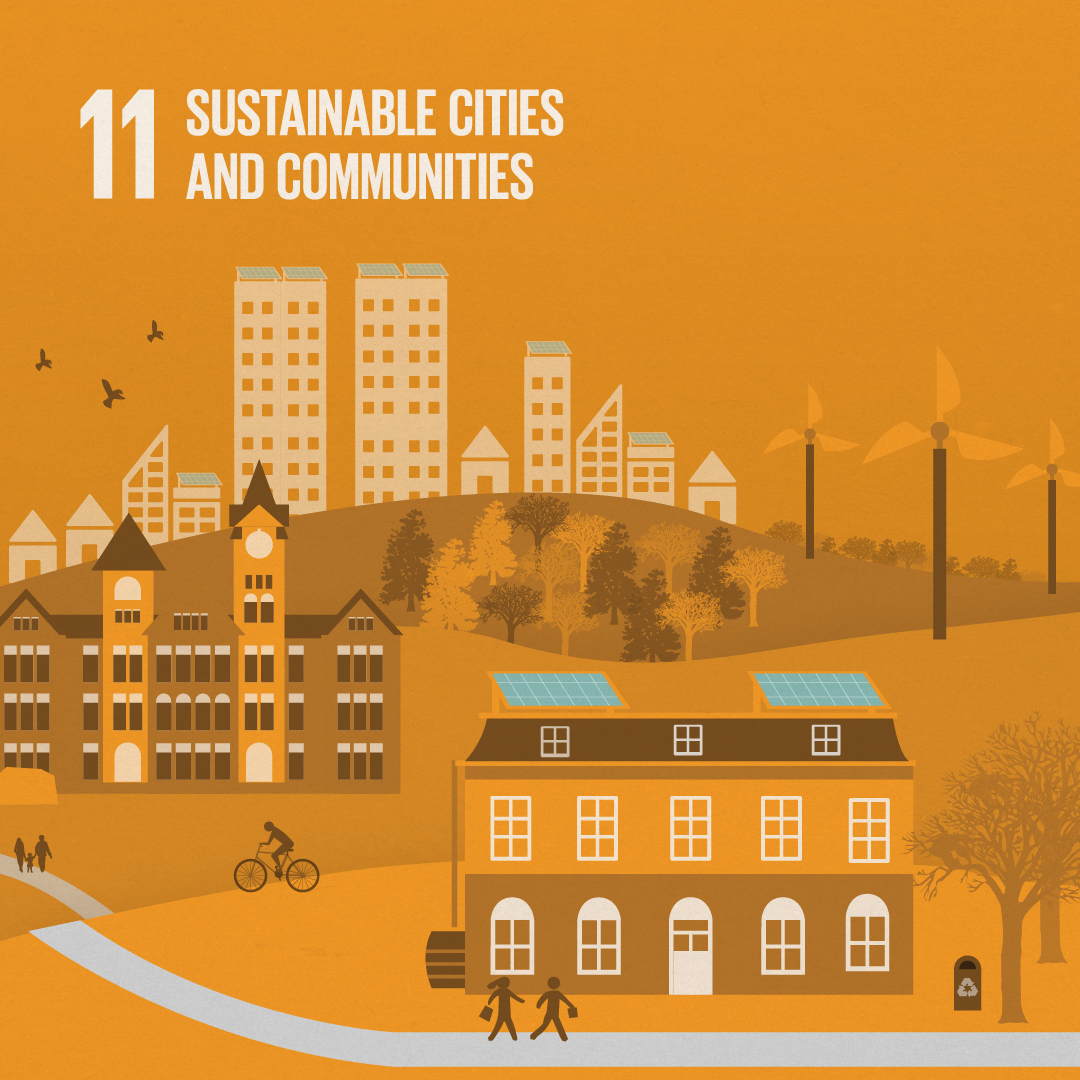By Becki Retzlaff
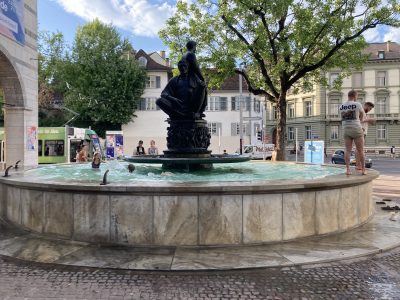
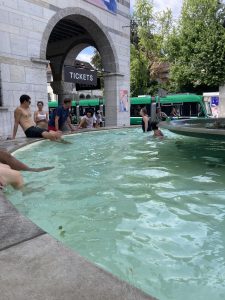
I am writing this blog from the beautiful city of Bern, Switzerland, where I am attending an academic conference on environmental history. It is poetic that I am tasked with writing a blog about the society point of the sustainability compass from Bern, a city with a very strong sense of community.
When I arrived in Bern last weekend, one of the first things that I saw on my walk from the train station to my Airbnb was a giant fountain with a big statue in the middle of it. While a fountain in a public square isn’t surprising, what amazed me was the dozens of children and adults wading in the water around it. I am not familiar with a place in the U.S. that allows so many people to swim in public water fountains.
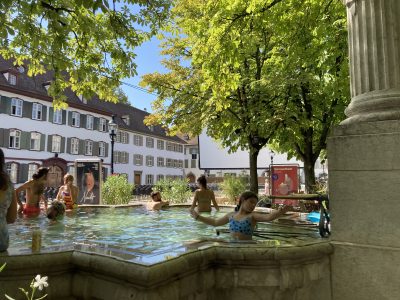 The Old City of Bern is home to more than 100 historic water fountains, with fresh tap water piped into them constantly. People regularly stop at the fountains for a drink, to rinse off their hands, or splash their face with cool water. Swimming is also allowed – and encouraged – in the water fountains. Entire families – loaded with floaties, swimsuits, and towels – go to even the smallest fountains to swim at all times of the day. The most popular fountains have a stand nearby selling beer, wine, and lemonade for people to enjoy while hanging out in the fountains. Some of the fountains have a second small fountain below it for dogs to drink from and bathe in. I saw one dog and her owner hop into a large fountain in front of the big art museum downtown.
The Old City of Bern is home to more than 100 historic water fountains, with fresh tap water piped into them constantly. People regularly stop at the fountains for a drink, to rinse off their hands, or splash their face with cool water. Swimming is also allowed – and encouraged – in the water fountains. Entire families – loaded with floaties, swimsuits, and towels – go to even the smallest fountains to swim at all times of the day. The most popular fountains have a stand nearby selling beer, wine, and lemonade for people to enjoy while hanging out in the fountains. Some of the fountains have a second small fountain below it for dogs to drink from and bathe in. I saw one dog and her owner hop into a large fountain in front of the big art museum downtown.
Whenever I try to describe concepts like “building community” and “sense of place” to students in the community planning program, I have difficulty finding the right words to describe these concepts. Like many things, people know “community” when they see it, but it is difficult to describe. Similarly, the fountains do such a great job of creating a strong sense of community in Bern, I am including more pictures than my usual blog posts because pictures are better than words in this case.
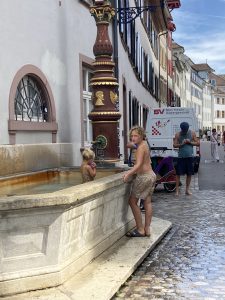 The fountains remind me of a book that I read many years ago called City Comforts: How to Build an Urban Village, by David Sucher, which is filled with pictures of little urban details that help build a sense of place in cities, such as street trees, good lighting, street cafes, public art, and water fountains. City planners in Bern seem to understand that building a sense of place and a sense of community takes more than just providing pretty water fountains to look at. It is essential to give people an opportunity to interact and have fun with each other in a public space. Things that build community in Auburn, like farmers markets, Haley Concourse, and tailgating, and things that build community in Bern, like swimming in water fountains, are essential to sustainable places.
The fountains remind me of a book that I read many years ago called City Comforts: How to Build an Urban Village, by David Sucher, which is filled with pictures of little urban details that help build a sense of place in cities, such as street trees, good lighting, street cafes, public art, and water fountains. City planners in Bern seem to understand that building a sense of place and a sense of community takes more than just providing pretty water fountains to look at. It is essential to give people an opportunity to interact and have fun with each other in a public space. Things that build community in Auburn, like farmers markets, Haley Concourse, and tailgating, and things that build community in Bern, like swimming in water fountains, are essential to sustainable places.
Becki Retzlaff is the Director of the Academic Sustainability Program.
Learn about the SDGs & AU and our contributions related to this post.

